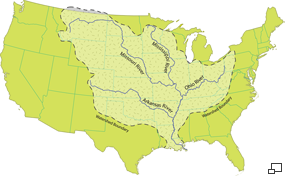
Iris
National Iris Day began in Belgium in 1945 to symbolize the Allies’ victory, V-E Day, over the Nazis. The holiday migrated around the world, including the United States. This perennial plant tends to bloom in late spring. Over 300 species exist, and the plants grow from rhizomes buried below the soil surface. The word iris is derived from an ancient Greek word meaning rainbow. Idea: This project takes a couple of years. Children could plant a small number of iris rhizomes. Then the next year they can count the number of plants that appear. Then the next year they can count the number of plants that appear.


